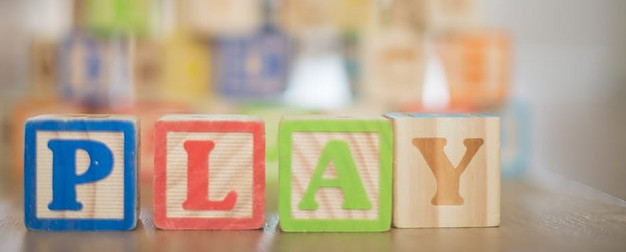
Play. What is play? Why is play important in Early Childhood?
Play is an important part of a child’s development. Research has shown a strong link between creative play and physical, cognitive, language and social development. But recently, academic readiness has led the teachers to focus more on structured activities that are designed to promote academic results and help the students pass the test. This focus has led to a decrease in playful learning.
Children learn the best in an environment which allows them to explore, discover, play, and interact with others. So if this is the way children learn the best, why do we not see it more in the classrooms.
Before we can discuss the importance of play in early childhood, we need to have and understanding of how people describe play.
What is Play?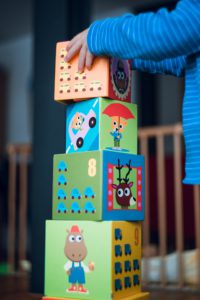
Play is a hard concept to define. If you ask a hundred people to describe the meaning of play, you will probably come up with a hundred different ways to define play.
If you look up play in the dictionary, you will find a long list of definitions for play. The Cambridge dictionary has four main meanings of play for children
- To enjoy: to spend time doing something enjoyable or amusing
- To compete: to take part in a game or other organized activity
- To act: to perform as a character in a play
- To produce: to perform music on an instrument
One thing all the descriptions have in common is that the child is an active participant in the activity. They are not just sitting and listening, the are getting actively involve with increases the child’s understanding of the knowledge.
Play activates the child brain. During play children are enhancing their language development, social competence, thinking skill, fine and gross motor abilities, creativity and imagination.
Play Theorists
Psychologist and philosophers have been studying play for years. The beginning theories of play arouse around the 19th century. The modern theories of play emerged after the 1920s. The two main Congnitive Development Theorists are Jean Piaget and Lev Vygotsky.
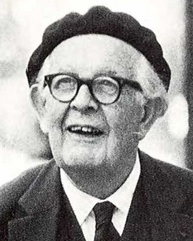
Jean Piaget was the first psychologist to study cognitive development. He believed that children needed to take an active role in the learning process so the were able to make observations and learn about the world around them. As the interact with their world, the will add new knowledge, build upon their existing knowledge and adapt their ideas to accommodate new knowledge.
Piaget emphasized the importance of developing schemes in cognitive development. Schemes are the basic building blocks of cognitive models and helps us to form a mental representation of the world around us. Through play children learn new information, the will either assimilate or accommodate the new information. In assimilation, the new information will fit into the schemes that the children have already developed. In accommodation, the new information doesn’t fit into the schemes that the children have already developed, so the will accommodate the existing schemes to fit the new information.
Piaget theory is based upon biological maturation and stages. He describes child development in four stages:
- Sensorimotor stage (birth to age 2): During this stage, children learn best through sensory experiences and manipulating objects. As the interact with their environment, the children are making new discoveries.
- Preoperational stage (age 2 to age 7): Children in this stage learn best through pretend play. Language development is an important part of this stage of development.
- Concrete operational stage (age 7 to age 11): Children’s thinking starts to become becomes more logical but the still struggle with abstract and hypothetical concepts.
- Formal operational stage (age 11 and older): There is an increase in the ability to use deductive reasoning and abstract ideas.
Piaget believed children go through the stages in order and no stage can be missed. He also believed that children should not be taught certain concepts until the have reached the appropriate stage of cognitive development.
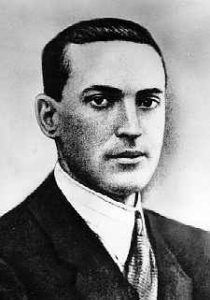
Vygotsky theories stress the fundamental role of social interaction in cognitive development. He believes that social development and social interaction contributes to the cognitive development of the child. Through interactions with others and the world around them, the will construct new knowledge and skills. Children need to play an active role in these interactions.
Vygotsky’s theory is based upon their Zone of Proximal Development (ZPD). The ZPD of the child includes skill and concepts that the child has not yet fully developed but the child would be able to understand and develop with the appropriate support from adults. If the skills and concepts are outside the ZPD, the child will not be able to develop these skills and concepts even with significant instructional effort. Therefore, for learning to be beneficial, the skills and concepts that are being taught need to be within the child’s ZPD.
In both theories, children in early childhood need ample of opportunity to freely interact with the world around them for learning to effectively take place. Also, the concepts and skill that are being taught need to be developmentally appropriate for the child.
Different Types of Play in Early Childhood
There are five important types of play in early childhood: solitary play, parallel play, imitative play, associative play, and cooperative play.
Solitary Play (Birth to age 2): During this stage of play, the child is playing by themselves. Children are exploring the world around them. Children are using their senses to understand their world. At this stage, the are not interested in playing with other children.
Parallel Play (age 2 to age 3) : During this stage of play, the child will play alongside another children, but the do not interact with the other children. Even though the don’t interact with the other child, children in this stage are aware that the other children are there.
Imitative Play (age 2 to age 3): This stage develops shortly after parallel play. During imitative play, the child starts to imitate those around them.
Associative Play (age 3 to age 4.5): Children in this stage are still maintaining their independent interest and are not yet playing together. Children will acknowledge what the other children are doing and start discussing what the are doing. You may see the children doing the exact same activity, but the are working on their own activity. They are not working together.
Cooperative Play (age 4 to age 6): Cooperative play is the highest level of play. During cooperative play, the children are working towards a common goal. They are working together and interacting. This is where we start to see socialization forming.
Play in Early Childhood Classroom
Before teaching can happen in the classroom, teachers need to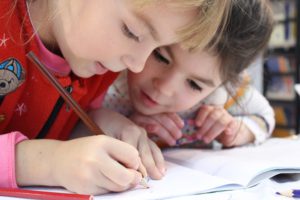
- establish rules
- discuss the appropriate use of the materials
- teach students to take turns and to share
- have a center management plan in place
- teach students how to clean up centers
- teach students how to enter centers
- plan for rich meaningful play in the classroom
When planning for activities, teachers need to consider the age and developmental levels of the students. They need to make sure that the activities have a purpose and need to be engaging . By establish a link between play and the curriculum students will develop a deeper understanding of the material.
During play, the teachers need to be observing the student. Through observation, the teacher will be able to notice the students that may need extra help and practice. The teacher may need to help a student on the appropriate ways to join a group, or need help to modify behaviors by helping students negotiate disagreements.
During this time, teachers need to be observing the children’s development and learning. Teachers should be taking documentation through learning stories, anecdotal notes, or photo assessments. Through observation, teachers can learn about the child’s social interactions, cognitive skills, language skills, motor skill, and emotional development.
Conclusion
Why is play an important in Early Childhood?
Play is an essential part of a child’s development. Through play, children are learning to make decisions, exercise self-control, problem solve, and follow rules. It is through play the children are learning about how the world around them works.
Piaget and Vygotsky both agreed that children need to be active learners in their environment. Through active learning the will be able to acquire and understand new information and knowledge. Both theorist also state that language and social interaction are an important part of cognitive development.
Teachers play an important part in play in Early Childhood. Teachers are the facilitators. They need to know where their students are developmentally, so that the can plan developmentally appropriate activities to help promote learning in their classrooms. These activities also need to allow for interaction among children. By interacting with other children, the become actively engaged in the activity with helps promote a deeper understanding in their learning.
So is Play important? Yes.
This is such a great resource – as a parent of a young child, it’s important to remember that playtime isn’t just fun, it’s an important part of the growing process. What a great rundown of all the reasons why encouraging play is important!
Yes, play is important. I believe sometimes people think play is something kids do just to have fun, they don’t realize the importance that it has on the child’s development.
I totally agree!
We all want what is best for our children and child-led play is essential to healthy brain development and sets children up to be inquisitive, life-long learners.
Thanks for a great article
Yes, I agree. Play is essential to the child’s development. What a child learns through play will help them become inquistive, life-long learners.
It’s interesting to read of all the theories and studies regarding “play.” I believe play can be summed up in one word – “exploring.”
Play can be exploring new places in the house, back yard or park. Or play can be exploring new ideas in creating something with your hands, building with Legos, or drawing a picture. When I think of anything I would consider “play” it almost always includes some form of exploration. Maybe it’s just me.
Yes -play is important!
Yes. Play is exploration. Everytime you see a child play, they are doing some kind of exploration.
What a nice post you wrote! I really enjoyed reading it and I could not be silent about your post so I decided to leave my comment here and say Thank You! For sharing this quality post with others.
Actually this is exactly the information that I was looking for information about the playing in the childhood and when I landed on your website and read this post, it answered all my questions in details.
So I’m happy that you decided to write about this topic and share it with people. It’s very useful and can definitely be used as a great source for everyone who is interested in this topic.
I will come back to your website again for sure and I’m looking forward to reading your new posts.)
Thanks!
I loved your article. Play is so important for children (and adults) and it seems that many people have forgotten that both at home and in school. So it’s great to see an article on the importance of play in learning and development.